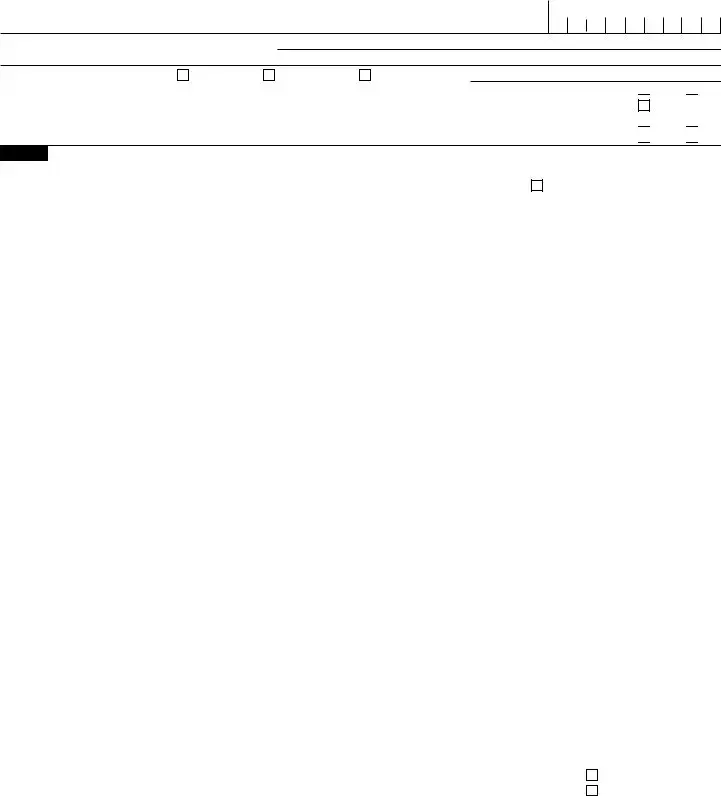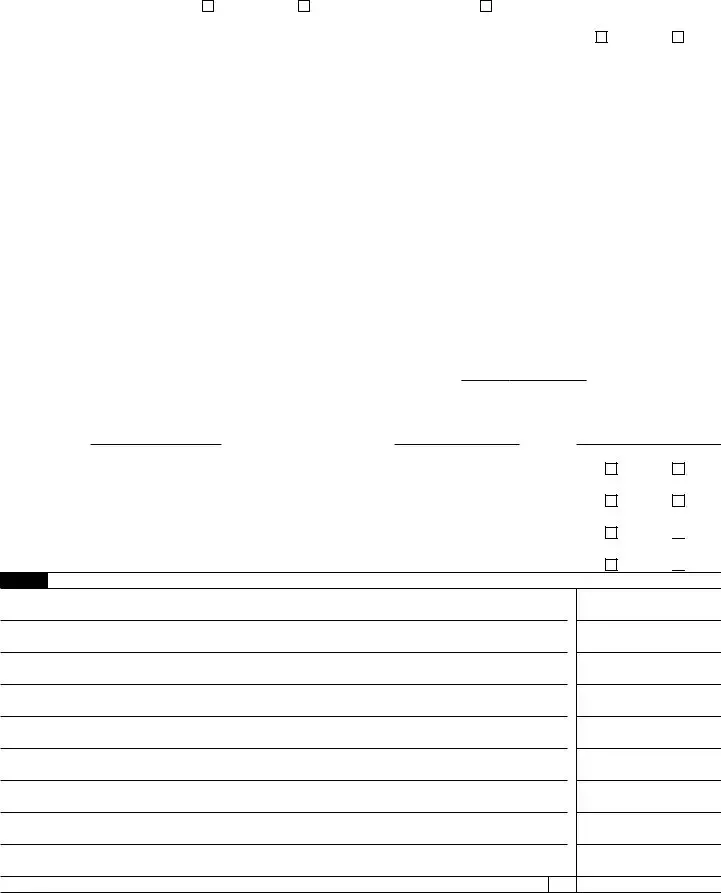The IRS Schedule C form is similar to the IRS Form 1040, which is the standard individual income tax return. Both forms are used by taxpayers to report income, but Schedule C specifically focuses on income from self-employment. While Form 1040 captures a taxpayer's overall financial situation, Schedule C provides detailed information about business income and expenses, allowing self-employed individuals to calculate their net profit or loss from their business activities.
Another document that resembles Schedule C is the IRS Schedule E. This form is used to report income or loss from rental real estate, partnerships, S corporations, estates, trusts, and more. Like Schedule C, Schedule E allows taxpayers to detail their income and expenses, but it focuses on passive income rather than self-employment income. Both forms require a breakdown of income sources and expenses, making them essential for understanding different types of income.
The IRS Schedule F is also similar, as it is used by farmers to report farm income and expenses. Just as Schedule C provides a platform for self-employed individuals to report business activities, Schedule F caters specifically to those in agriculture. Both forms require detailed reporting of income and expenses, but Schedule F includes specific deductions related to farming, such as livestock and crop sales.
IRS Form 1065, the partnership tax return, shares similarities with Schedule C in that it reports income and expenses. However, Form 1065 is designed for partnerships, allowing multiple partners to report their share of income and expenses. While Schedule C is for sole proprietors, both forms require detailed financial information to determine net income, making them essential for accurate tax reporting.
The IRS Form 1120S is another document that resembles Schedule C, as it is used by S corporations to report income, deductions, and credits. Like Schedule C, Form 1120S allows for detailed reporting of financial activities, but it applies to corporations rather than individuals. Both forms ultimately aim to calculate taxable income, though they cater to different business structures.
Schedule C is also akin to IRS Form 990, which is used by tax-exempt organizations to report income and expenses. While Form 990 serves a different purpose, both documents require detailed financial reporting. They allow organizations and self-employed individuals to provide transparency about their financial activities, ensuring compliance with tax regulations.
The IRS Form 1040-SR is similar to Schedule C in that it is designed for senior taxpayers. While it simplifies the filing process for older individuals, it still requires reporting of income, including self-employment income through Schedule C. Both forms work together to ensure that seniors can accurately report their income while taking advantage of any applicable deductions.
Another document is the IRS Form 8862, which is used to claim the Earned Income Tax Credit (EITC) after it has been disallowed in previous years. While not a direct income reporting form, it connects with Schedule C by allowing self-employed individuals to claim credits based on their income reported on Schedule C. Both forms aim to maximize tax benefits for eligible taxpayers.
Lastly, IRS Form 8880, which is used to claim the Retirement Savings Contributions Credit, can be seen as similar to Schedule C. Self-employed individuals often contribute to retirement accounts, and this form helps them claim credits based on their contributions. Both documents focus on income and financial activities, highlighting the importance of planning for retirement while managing business income.



 Yes
Yes  No
No
 Yes
Yes 
 No
No
 Yes
Yes  No
No

 No
No
 No
No